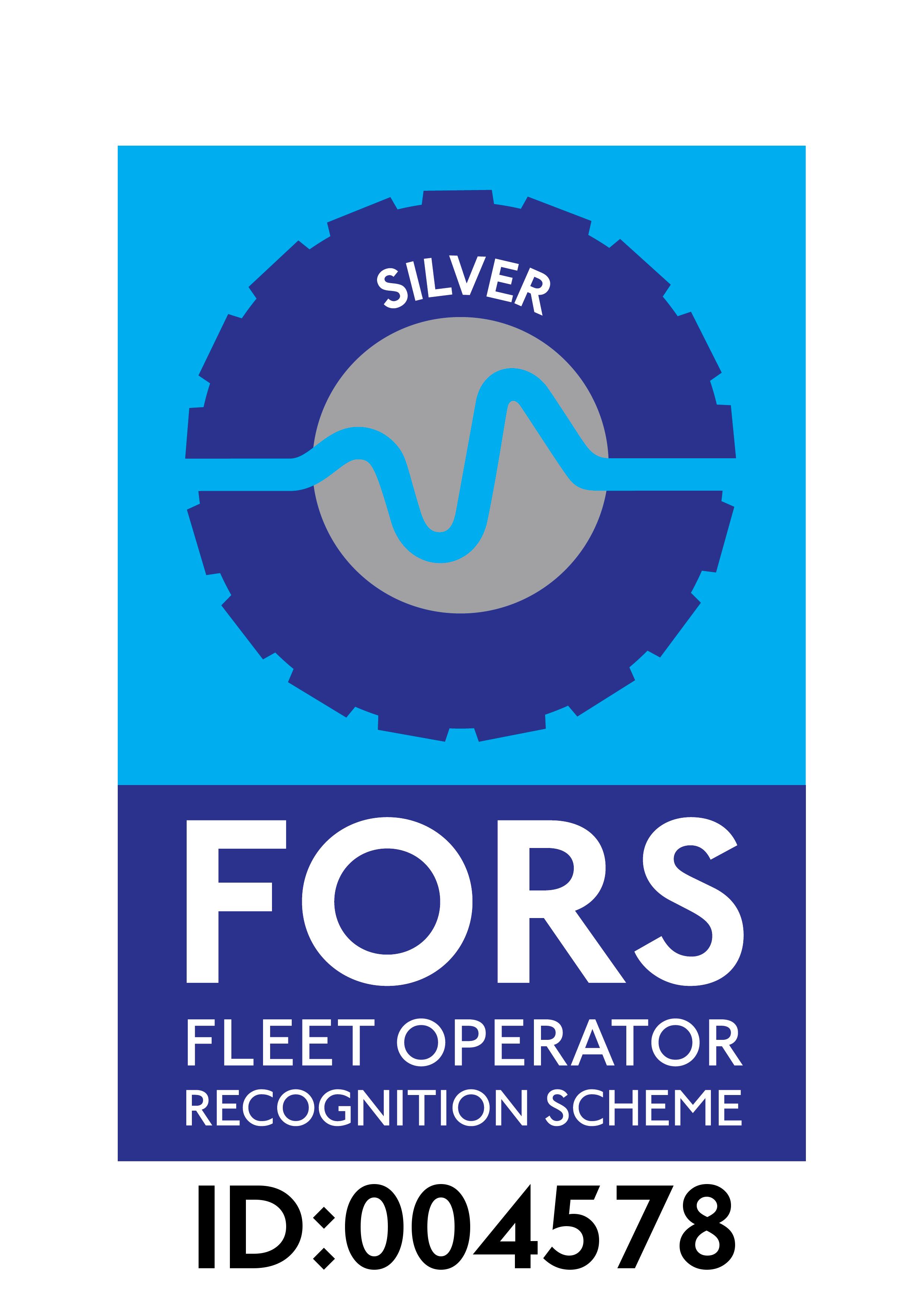Surface Defect Repair
A surface defect repair system developed to address specific areas of preventative maintenance with lasting effect.
UltraCrete Surface Defect Repair System is a granular thermoplastic, with anti-skid dressing that can be applied to minor defects in the carriageway. The product is heat-applied and once set, gives a durable repair.
It is not formulated for use on large-scale repairs, which instead should be treated with our cold lay asphalt range . It is suitable for use on contracts where asset management allows for early identification of minor defects and can be built into the programme – making it an ideal pothole prevention product.
Surface Defect Repair:
- helps prevent potholes from forming
- provides a durable finish
- is easy to use and simple to apply
- creates zero waste.
UltraCrete helps prevent potholes on Northamptonshire’s roads
Surface Defect Repair has been used to repair defects and cracks across Northamptonshire’s road network UltraCrete Sur...
Read moreMaterial Awareness Day
Interested in finding out more about our range of products? Why not join us on an upcoming Material Awareness Day....
Start LearningThe Surface Defect Repair system is supplied in packs containing 12kg of UltraCrete Surface Defect Repair thermoplastic pellets and 1kg of anti-skid aggregate, each packed separately.
Surface Defect Repair is suitable for defects from 5–40mm wide and a maximum depth of 45mm.
When used for shallow surface repairs, the maximum size should be 200mm x 200mm x 15mm depth. Once installed, it has a skid resistance value of 60 (SRV).
The product provides coverage of 63lm per 13kg unit, based on a 40mm wide x 3mm deep defect.
Before applying the product, it’s important to check your Surface Defect Repair for compacted areas – loosening them before application by lightly massaging or rolling the package on the ground to separate the chips and pellets.
The defect you plan to treat must also be checked, ensuring it is free from oil contamination and chemicals, such as road salt or de-icers, which will impair the bond of the system to the road.
Once you have washed any contaminants away, use a stiff brush to remove dirt, standing water or debris. You can also use oil-free compressed air or a blower to clean the area, as long as all relevant safety precautions are observed.
Finally, remove all moisture from the area using a propane gas burner with a fitted lance until fully dry. Immediately before commencing with the application, pre-heat the area again using the gas burner.
Begin by filling in with a layer of Surface Defect Repair to a maximum depth of 10mm and heat the material on a medium-to-high heat until completely molten, creating a fluid-like state.
The material will follow the contours of the space and some discolouration and smoke may occur. Always keep the flame at a distance of 20–40cm to the surface of the material.
If the depth of the cavity exceeds 10mm, further layers at a maximum of 10mm can be added and heated as per previous instructions. Make sure all materials are in a liquid state and that all gaps have been filled, continuing to add layers until the cavity is filled.
To provide initial skid resistance and avoid ghost marking, sprinkle a small quantity of aggregate whilst the Surface Defect Repair remains hot and soft.
Once cool, check with a gloved hand that the surface is firm before opening up the road to the traffic. Also, check that the anti-skid aggregate is firmly bonded to the material. If the aggregate remains loose, additional light heating will help bed the aggregate. Finally, test the adhesion of the aggregate to the filled cavity.
For accelerated cooling, you may also spray water onto the surface.
Before reopening the road to traffic, wait 10–20 minutes – this will vary depending on the depth of the cavity and the current air temperature.
Always wear appropriate PPE when handling, preparing and mixing Surface Detect Repair and other granular thermoplastic products.
Once handled, wash hands thoroughly before consuming food, and ensure all materials are safely out of reach of children and animals.
As a hot product, take extra care to avoid skin contact. If the product does come into contact with your skin, immediately immerse or flush the area with water. Do not remove the product from the area – instead seek immediate medical advice. In case of contact with the eyes, rinse with plenty of water and seek immediate medical assistance.
You can also download the technical datasheet for easy referral to this information offline.
Surface Defect Repair has an indefinite shelf life – it will not deteriorate if stored in dry conditions between temperatures of 5°C and 30°C. To avoid compaction within the bag in storage, do not double-stack the pallets.
Dispose of packaging and waste properly after use and in accordance with the local authority disposal requirements. Read our full material datasheet for more information on proper disposal.
Store in a sealed container in a dry and cool place. Do not expose the product to UV rays, as this will cause the materials to harden. To ensure material does not become brittle before use on-site, it is advisable to keep it in the footwell of a vehicle or ensure the product is properly covered when on-site.
All products are manufactured in a plant where the quality management system is certified/registered as conforming with BS EN IS0 9001, 14001, and OHSAS18001.
Our products are guaranteed against defective materials and manufacturing and will be replaced or money refunded if the goods do not comply with our promotional literature.
We cannot accept liability arising from the application or use of our products because we have no direct or continuous control over where and how our products are used.
All products are sold subject to our conditions of sale, copies of which may be obtained on request.
If you require more information, wish to receive a quote or want to get in touch for any reason – do not hesitate to contact us today.
We are happy to help in any way we can.
Stuart Mann
“We were very pleased with the results and will continue to use Surface Defect Repair across the network”.
Highways Deport Manager at Northamptonshire County Council
Head Office
Danny Morson Way
Birch Coppice Business Park
Dordon, Tamworth B78 1SE
UK Tel: +44 (0) 1827 254 400



